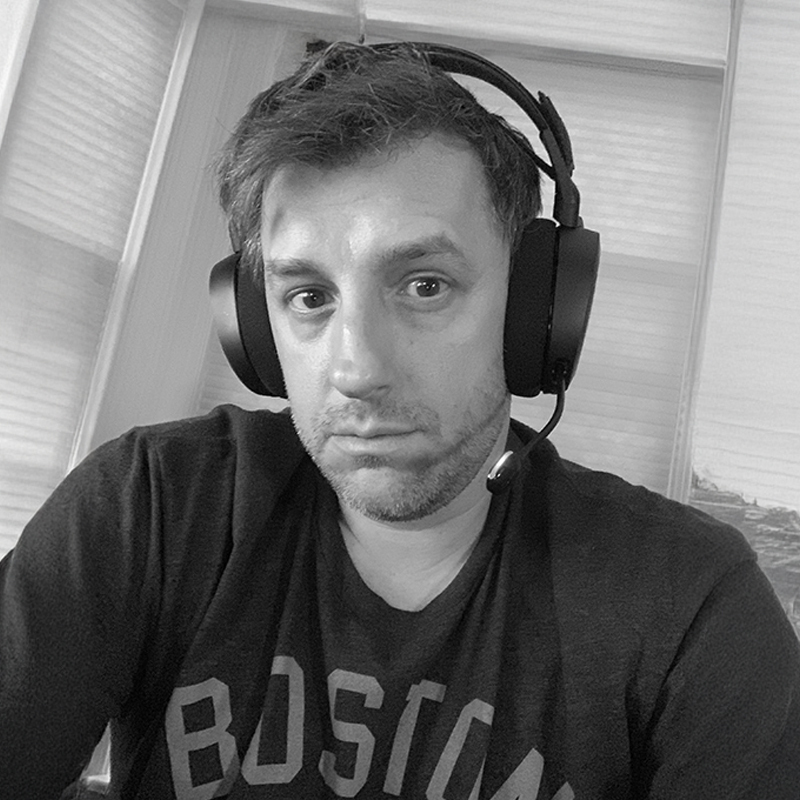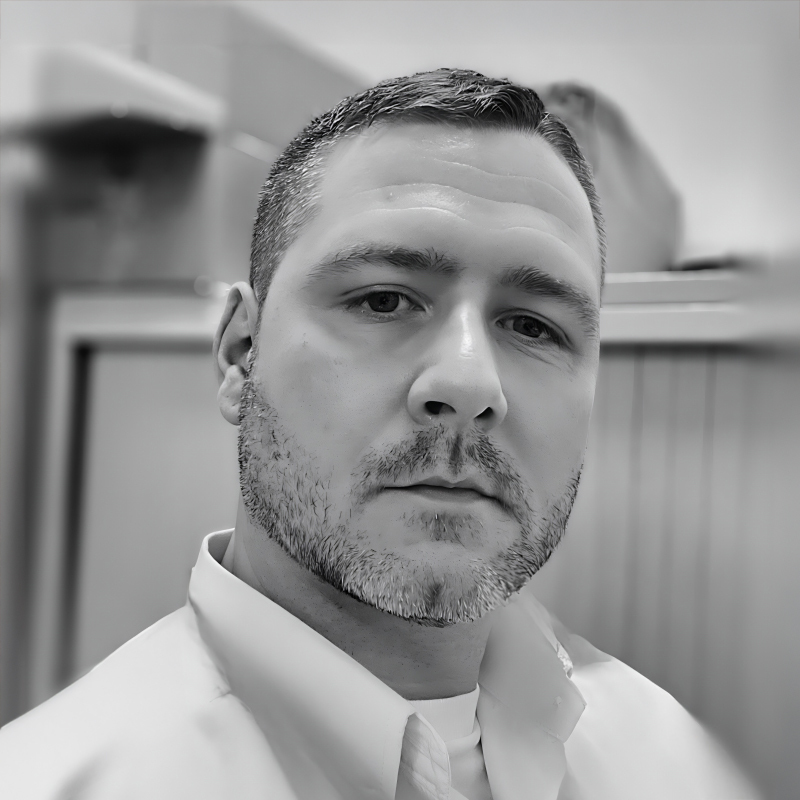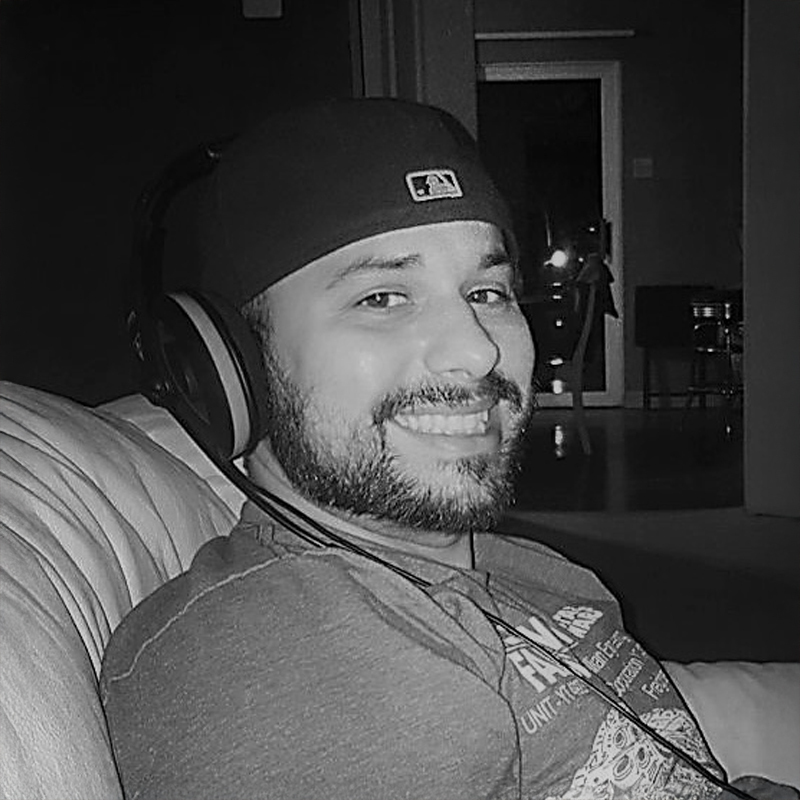About

Method of Entry (MoE) is an upcoming 5v5 tactical shooter aimed at revitalizing the genre with a focus on competitive play, enhanced by authentic mechanics. The game's development is guided by our 'C.F.R.F' principle: 'Competitive First, Realism Follows,' which prioritizes competitive elements in gameplay decisions and design.
MoE is designed to be accessible and engaging, avoiding the complex hero abilities or arcade-style power-ups that have infiltrated the genre, and instead emphasizing realistic Special Forces or Counter-Terrorist scenarios that enforce, or dare we say, demand genuine skill. Drawing inspiration from foundational titles like the SWAT and the Rainbow 6 series, as well as classics like Counter-Strike and contemporary games like Escape from Tarkov and Rainbow Six Siege, MoE taps into a deep well of tactical shooter heritage.
This project is a response to the competitive community's desire for a streamlined, 5v5 tactical shooter where competitive elements take precedence. Realism is then seamlessly integrated, with attention to weapon dynamics, player movement, environmental design, hit detection, and overall intensity. However, this integration never overshadows MoE’s core competitive mechanics, ensuring a balanced and stable competitive experience.
Are you ready for MoE? Join us!





